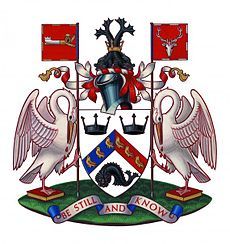The University of Sussex, near Brighton, in the south of England, was the first of the new wave of UK universities founded in the 1960s. Considered to have one of the most beautiful campuses in Britain, Sussex is situated in rolling parkland and combines green open spaces with award-winning architecture designed by Scottish architect Sir Basil Spence. The university prides itself on being among the most diverse and multicultural, with around a third of its staff drawn from outside the UK. It also boasts strong links with institutions around the world, including Peking University, the National Taiwan University and the Harvard-Sussex programme, which conducts research into chemical and biological weapons.
Organised across 12 schools of studies, more than a third of the university’s students are enrolled on postgraduate courses. With an extensive study abroad programme – most courses incorporate an optional overseas element – one in five of its undergraduates choose to study abroad at some point in their university career. Sussex has received positive recognition for its success in transitioning students into employment, something it attributes to its plentiful links with industry and a ‘First Generation Scholars Scheme’, which offers bursaries to assist students from low income backgrounds. It also lays claim to associations with three Nobel Prize winners, 14 Fellows of the Royal Society and 12 Fellows of the British Academy, and boasts a long history of supporting artistic endeavour. Its Arts department is home to a world-class archive called The Keep that contains manuscripts and first editions by Virginia Woolf, Rudyard Kipling and Jane Austen, while 2015 saw the opening of The Attenborough Centre: a new arts venue on campus featuring a 350-seat auditorium, a gallery, rehearsal studios and teaching space. Away from campus, Sussex students have easy access to both the South Downs National Park, as well as Brighton’s vibrant nightlife, shops and seafront.



